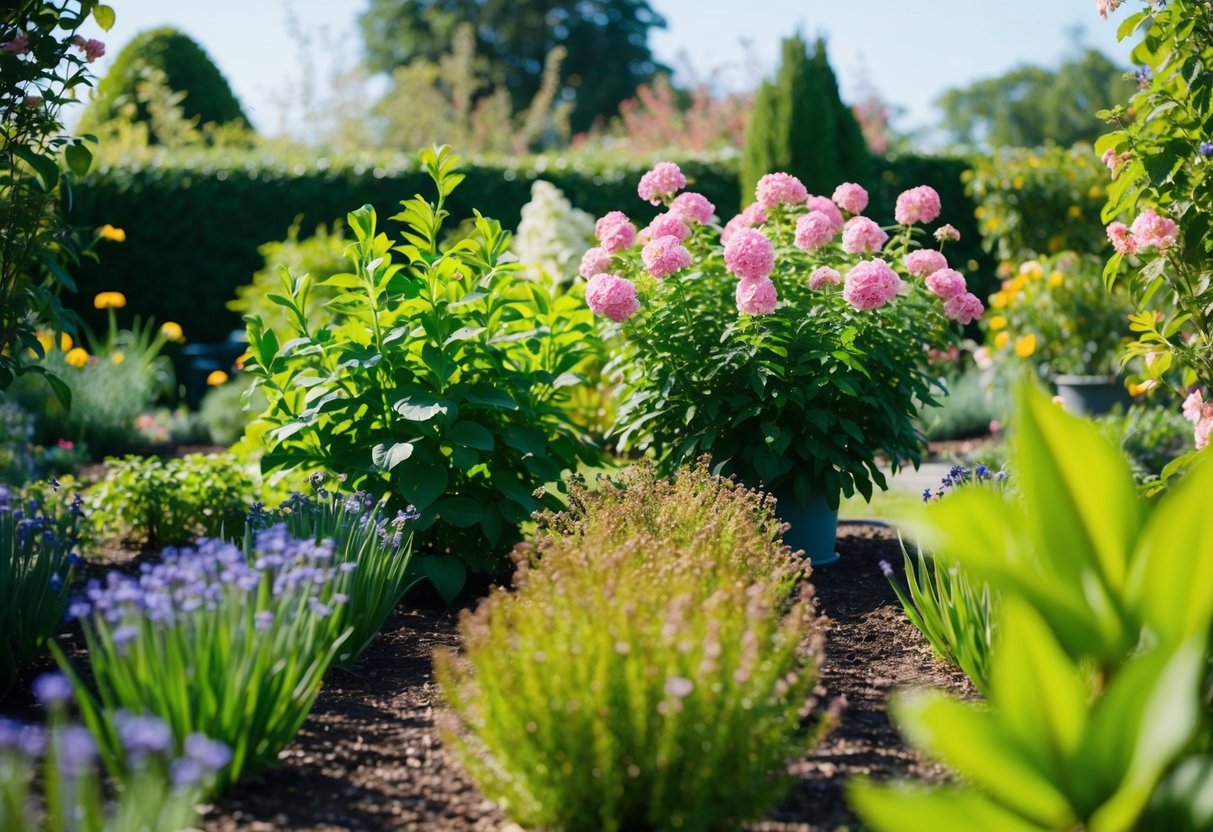
Pest and Disease Management
Successfully managing pests and diseases requires identifying issues early and using effective control methods. Focusing on prevention and treatment strategies helps maintain a healthy garden throughout the year.
Identifying and Treating Common Garden Pests
Understanding the pests that commonly affect a garden is critical. Look for insects like aphids, caterpillars, and slugs that tend to attack leaves and stems. Regular inspection of plants can help detect these pests before they cause significant damage. He or she can use natural remedies such as neem oil or insecticidal soap for minor infestations or opt for chemical pesticides in severe cases.
Crop rotation and companion planting can also deter pests, creating a more balanced ecosystem. Introducing beneficial insects like ladybugs and praying mantises is another viable method to control harmful pests naturally. Consistent monitoring and a combination of these strategies can significantly reduce pest issues, keeping plants healthy and vibrant.
Disease Prevention and Control
Diseases in gardens often result from fungi, bacteria, or viruses. Preventing these requires well-drained soil and proper plant spacing to improve air circulation. Rotating crops helps prevent the buildup of pathogens specific to certain plants. Pruning and removing diseased plant material also reduce infection spread.
Using disease-resistant plant varieties is a proactive measure. When dealing with an existing disease, applying appropriate fungicides may be necessary. He or she should follow label instructions closely to avoid harming beneficial organisms. Ensuring that tools are cleaned regularly further minimizes disease transmission, contributing to healthier garden ecosystems over time.
General Garden Maintenance
Maintaining a garden requires dedication to several ongoing tasks, such as removing weeds, pruning plants, applying mulch, and fertilizing the soil. These efforts ensure that plants thrive and that the garden remains a vibrant, healthy environment.
Regular Weeding and Pruning
Consistent weeding is vital for healthy garden growth. Weeds compete with plants for nutrients and water, so removing them regularly helps to reduce competition. This task is best done by hand to prevent damage to the roots of desirable plants. Using a hoe can minimize soil disturbance and make the task more efficient.
Pruning maintains plant shape and encourages robust growth. This involves removing dead or diseased branches and sometimes thinning out dense areas to increase sunlight exposure and air circulation. Each plant type might require different pruning techniques and times, so understanding the specifics helps achieve the best results.
Mulching and Fertilizing
Adding mulch to garden beds can provide numerous benefits, including moisture retention and temperature regulation. Organic mulches like straw or wood chips break down over time, adding nutrients to the soil and suppressing weed growth. They can also provide a protective layer against temperature extremes.
Fertilizing ensures plants receive essential nutrients for growth and blooming. Different plants require varied nutrient profiles, so choosing the right fertilizer is crucial. Testing soil periodically can help determine if additional nutrients are needed. Organic or synthetic options are available, and the choice depends on specific gardening goals and preferences. Regular maintenance like these practices promotes a well-balanced ecosystem.